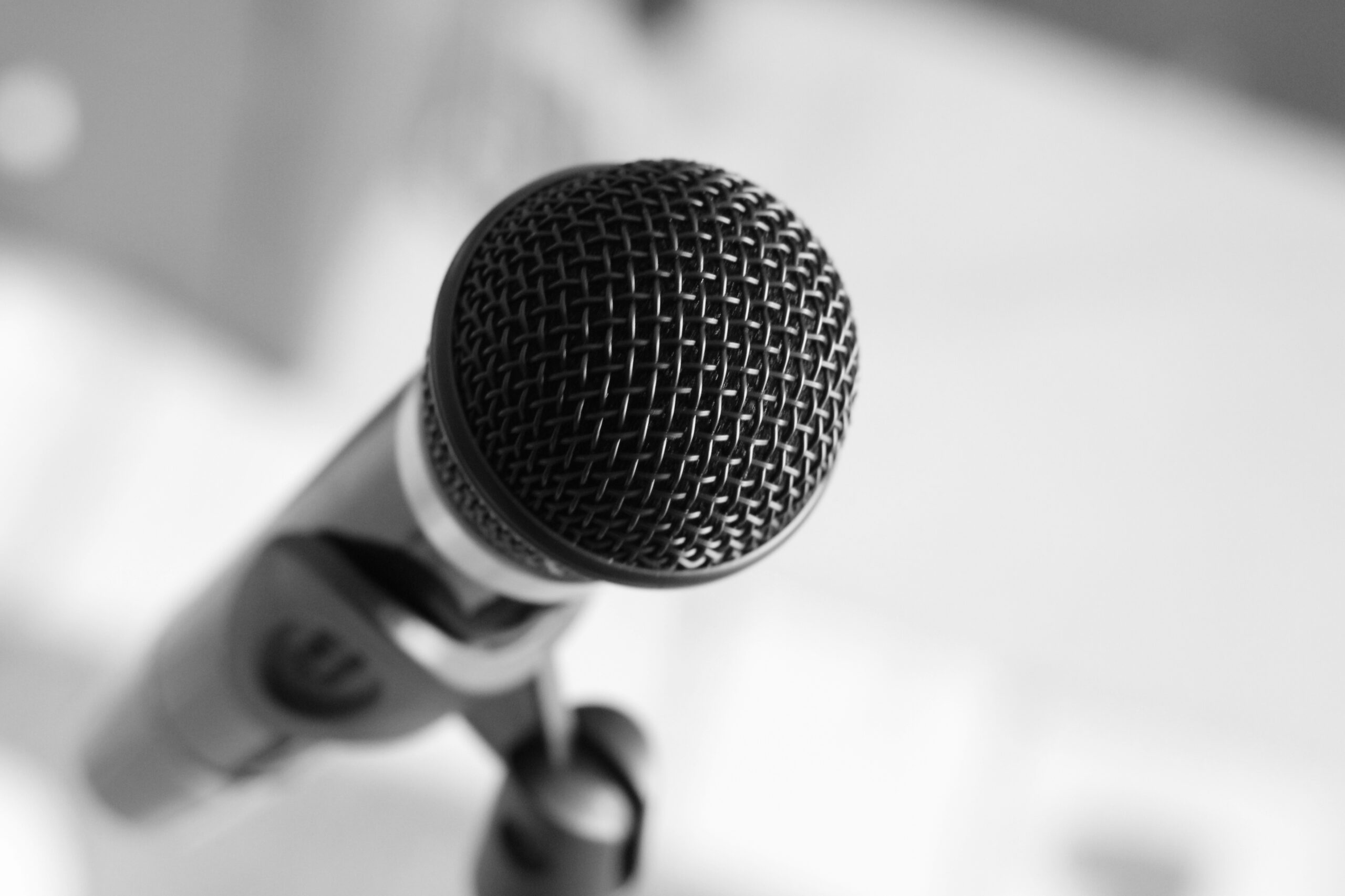
In the dynamic world of podcasting, the role of audio quality cannot be overstated. As podcasts grow in popularity, standing out in this crowded field requires compelling content and exceptional audio production. This comprehensive guide aims to assist you in choosing the Best Microphones for Podcasting to elevate your podcast’s sound quality, ensuring that your voice is heard clearly and professionally.
Understanding the Importance of a High-Quality Microphone
The success of your podcast is intricately tied to its audio quality. Listeners often judge the professionalism of a podcast by its sound quality before they fully engage with its content. Thus, selecting a superior microphone is a crucial investment that can significantly elevate the perceived value of your podcast.
Why Microphone Choice Matters
The right microphone can drastically enhance your audio output. It’s not just about volume and clarity; it’s about capturing the essence and nuances of your voice, reducing background noise, and ensuring that your message is conveyed with the intended tone and emotion. Different microphones have unique characteristics that can either complement or detract from your podcasting style and content.
Delving into Microphone Technologies
Understanding the technological aspects of microphones can provide deeper insights into what makes a particular microphone suitable for podcasting.
Transducer Types: Dynamic and Condenser
Microphones primarily fall into two categories based on their transducer types – dynamic and condenser. Dynamic microphones use a coil and magnet to generate audio signals, making them robust, less sensitive to moisture, and ideal for handling high sound pressure levels. On the other hand, condenser microphones employ a capacitor to convert acoustic signals into electrical signals, offering higher sensitivity and a wider frequency response. This makes them particularly suitable for capturing the subtle nuances of the voice in controlled environments.
Polar Patterns: Understanding Directionality
Microphones also differ in their polar patterns or the directionality of their sound pickup. Common patterns include cardioid, omnidirectional, and bidirectional. Cardioid microphones, which are heart-shaped in their pickup pattern, are excellent for podcasting as they primarily capture sound from the front, minimizing background noise. Omnidirectional mics capture sound equally from all directions, while bidirectional mics pick up sounds from the front and back, ideal for face-to-face interviews.
Selecting the Best Microphones for Podcasting : Key Considerations
1. Budget and Value for Money
Podcasting doesn’t require breaking the bank, but investing wisely is important. While high-end microphones offer superior sound quality, numerous budget-friendly options also deliver excellent audio. Balancing cost with quality is critical to finding the right microphone for your podcast.
2. Recording Environment and Acoustics
Your recording space plays a pivotal role in microphone selection. A microphone that excels in a soundproof studio might not perform as well in a home office with ambient noise. Understanding the acoustic properties of your recording environment is crucial in choosing a microphone that can best mitigate these challenges.
3. Podcasting Style and Content
The format of your podcast heavily influences the type of microphone you need. Interview-based podcasts might benefit from microphones with switchable polar patterns, while narrative podcasts might require microphones that excel in voice clarity and detail.
In-Depth Look at the Best Microphones for Podcasting
Now let’s explore the different types of microphones available for podcasting. Each type has advantages and disadvantages, so choosing one that aligns with your specific needs and preferences is essential.
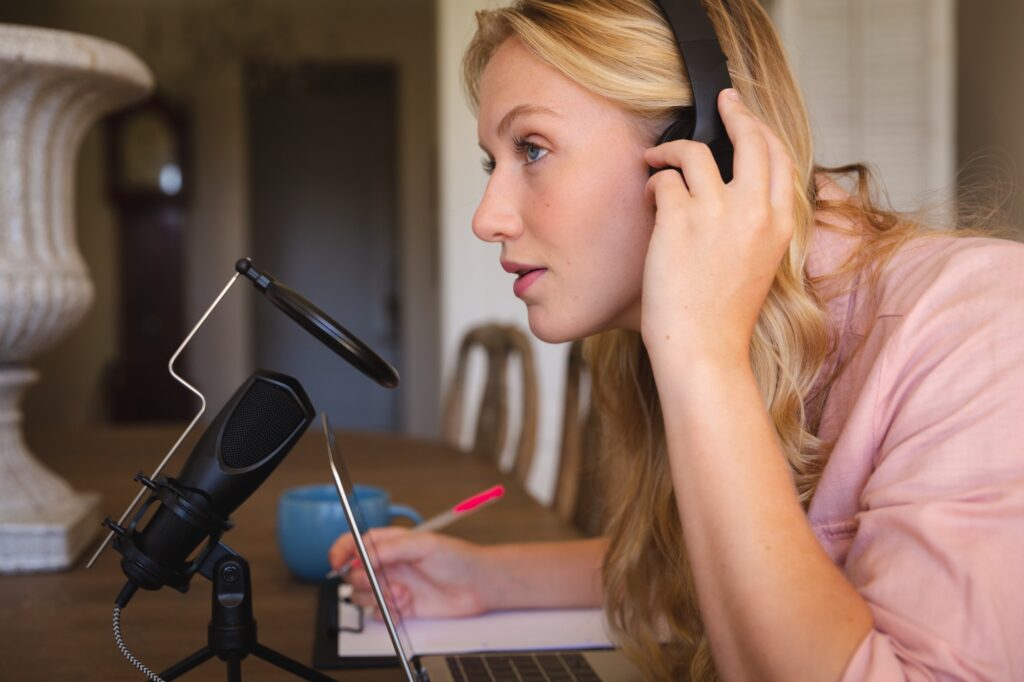
Dynamic Microphones: A Reliable Choice for Podcasting
Dynamic microphones are the workhorses of the podcasting world. They are known for their durability, versatility, and ability to handle high sound pressure levels. Dynamic microphones are great for podcasters who record less-than-ideal environments and excel at rejecting background noise. They are also less sensitive to room acoustics, making them a popular choice for beginners and podcasters on a budget.
Pros:
- Excellent for noisy environments.
- Durable and long-lasting.
- Ideal for outdoor or on-the-go recordings.
- Often used in live performance settings, enhancing reliability.
Cons:
- Less sensitive, may need higher gain.
- Might require additional equipment like a pop filter.
- Could lack the finesse for softer, nuanced vocal performances.
Condenser Microphones: Capturing Details in Podcasting
Condenser microphones are known for their exceptional detail, sensitivity, and accuracy. They capture a more comprehensive frequency range and deliver a more natural, transparent sound. Condenser microphones are ideal for podcasters with a controlled recording environment and those who prioritize capturing the nuances of their voice and instruments.
Pros:
- Captures a wide frequency range.
- High sensitivity for detailed sound.
- Superior for voice-over artists and narrative podcasts.
- Favored in studios for precision and flat frequency response.
Cons:
- Picks up background noise.
- Requires power source.
- Prone to mechanical noise in non-studio environments.
USB Microphones: Convenient Podcasting Solutions
USB microphones have gained popularity recently due to their simplicity and convenience. These plug-and-play microphones connect directly to your computer via USB, eliminating the need for external audio interfaces or mixers. USB microphones are an excellent option for beginner podcasters who prioritize ease of use and portability.
Pros:
- Easy to use, plug-and-play.
- Ideal for beginners.
- Integrated features like onboard headphone jacks.
- Improved quality with advancements in USB technology.
Cons:
- Limited customization.
- May have inferior audio quality compared to XLR mics.
- Some models might have limited frequency response.
XLR Microphones: Professional Standard in Podcasting
XLR microphones are widely used in professional recording studios and offer superior sound quality and versatility. These microphones require an audio interface or mixer to connect to your recording device. Here are the pros and cons of using XLR microphones for podcasting:
Pros:
- High audio quality.
- Greater control over audio settings.
- Upgradeable components for enhanced sound.
- Provides cleaner recordings at higher volumes.
Cons:
- Requires additional equipment like an audio interface.
- Generally more expensive.
- Less portable and more complex setup.
Top Picks: The Best Microphones for Podcasting
Now that you better understand the different types of microphones let’s explore some popular options for podcasting. These microphones have gained recognition for their exceptional sound quality, ease of use, and value for money. Here are a few microphones worth considering:
1. Audio-Technica ATR2100x-USB: Versatility for Podcasting
This versatile microphone is a favorite among podcasters for its dual USB and XLR capabilities. It’s particularly well-suited for podcasters with flexible recording setups, accommodating home studios and mobile recording environments. The ATR2100x-USB also features a cardioid polar pattern, ideal for minimizing room noise and focusing on the speaker’s voice.
2. Shure SM7B: A Professional’s Choice in Podcasting
The Shure SM7B stands out for its ability to capture warm, smooth vocal tones, making it a top choice for professional podcasters and broadcasters. Its popularity stems from consistently delivering rich, detailed audio while reducing background noise. Additionally, its robust build quality ensures it can withstand the rigors of frequent use.
3. Rode NT1: Precision for Podcasting
The Rode NT1 is renowned for its clarity and detail, thanks to its high-quality condenser capsule. It’s an excellent choice for podcasters who require pristine sound quality, particularly in controlled studio environments. The NT1’s low self-noise is a significant advantage, ensuring recordings are free from unwanted background hiss.
4. Electro-Voice RE20: A Broadcasting Staple for Podcasting
A classic choice in the broadcasting world, the Electro-Voice RE20 is celebrated for producing a smooth, natural sound while minimizing plosives and sibilance. Its Variable-D design reduces the proximity effect, making it forgiving for podcasters who might not maintain a consistent distance from the microphone.
5. Blue Yeti : User-Friendly Options for Podcasting
The Blue Yeti is a popular USB microphone known for its versatility and ease of use. It offers multiple polar patterns, including cardioid, omnidirectional, and bidirectional, making it adaptable for different podcasting scenarios. Its plug-and-play capability makes it an excellent option for podcasters who prefer a straightforward setup.
6. Heil PR-40
The Heil PR-40 dynamic microphone is a solid choice for podcasters looking for a mix of performance and durability. It excels in capturing the human voice with clarity and depth, and its cardioid pattern effectively isolates the speaker from unwanted background noise.
Enhancing Your Podcast Beyond the Microphone
While the microphone is a critical component, several other factors contribute to the overall quality of your podcast.
Optimizing Your Recording Environment
The acoustics of your recording space can have a profound impact on the sound quality of your podcast. Consider using acoustic treatment to reduce echo and reverb. Simple additions like foam panels or a portable isolation booth can significantly improve your audio quality.
Microphone Technique and Placement
Proper microphone technique is vital. Maintaining the right distance from the microphone and speaking directly into it can significantly affect the clarity and consistency of your audio. Experimenting with placement and angles can also help achieve the best sound for your voice.
Post-Production and Editing
Post-production plays a pivotal role in refining your podcast’s sound. Using software to edit and mix your recordings can help balance levels, remove background noise, and add professional touches like music and sound effects.
Elevating Your Podcast with the Best Microphones
Selecting the right microphone is just the first step in your podcasting journey. You can find a microphone that best suits your needs by considering factors like budget, recording environment, and podcasting style. Remember, the best microphone is the one that complements your voice and content, enhancing the overall listening experience of your audience.
In the world of podcasting, your voice is your signature. Invest time in understanding the technology, refining your technique, and choosing the right equipment. With the right tools and dedication, you are on your way to excellence in podcasting.
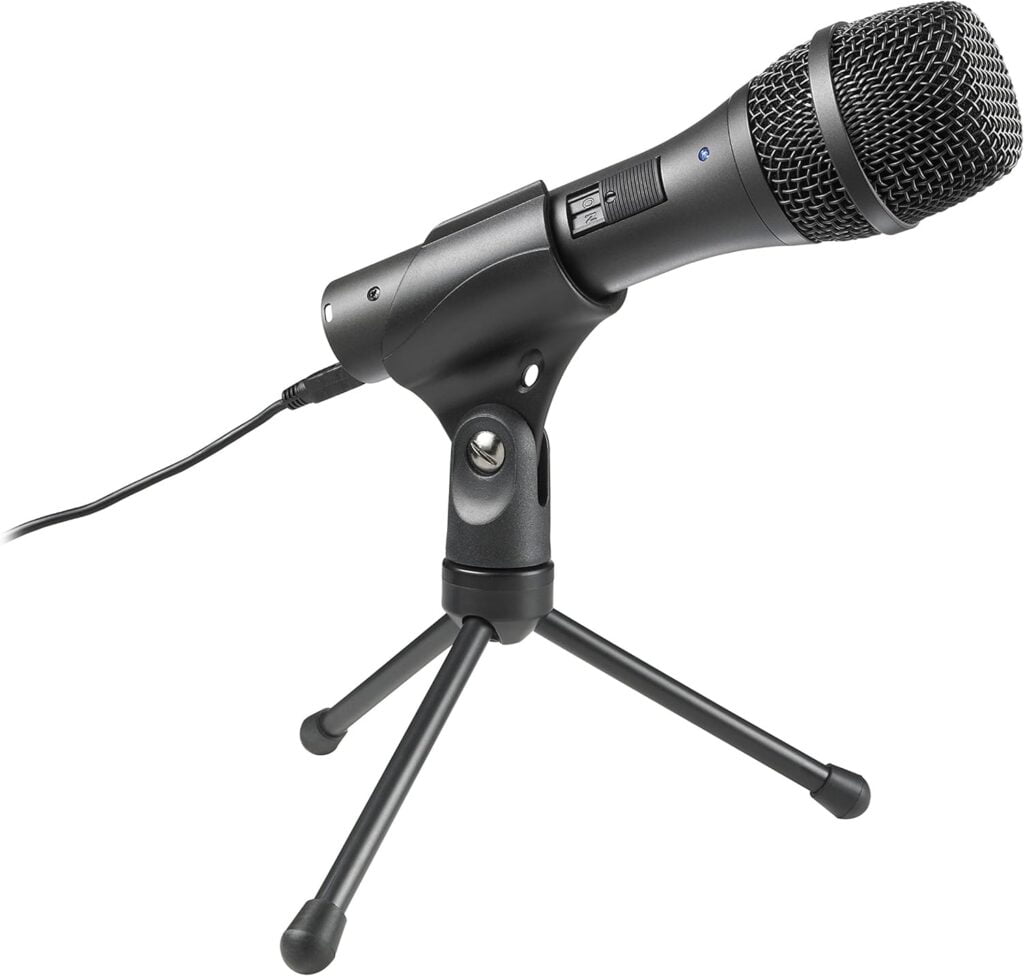



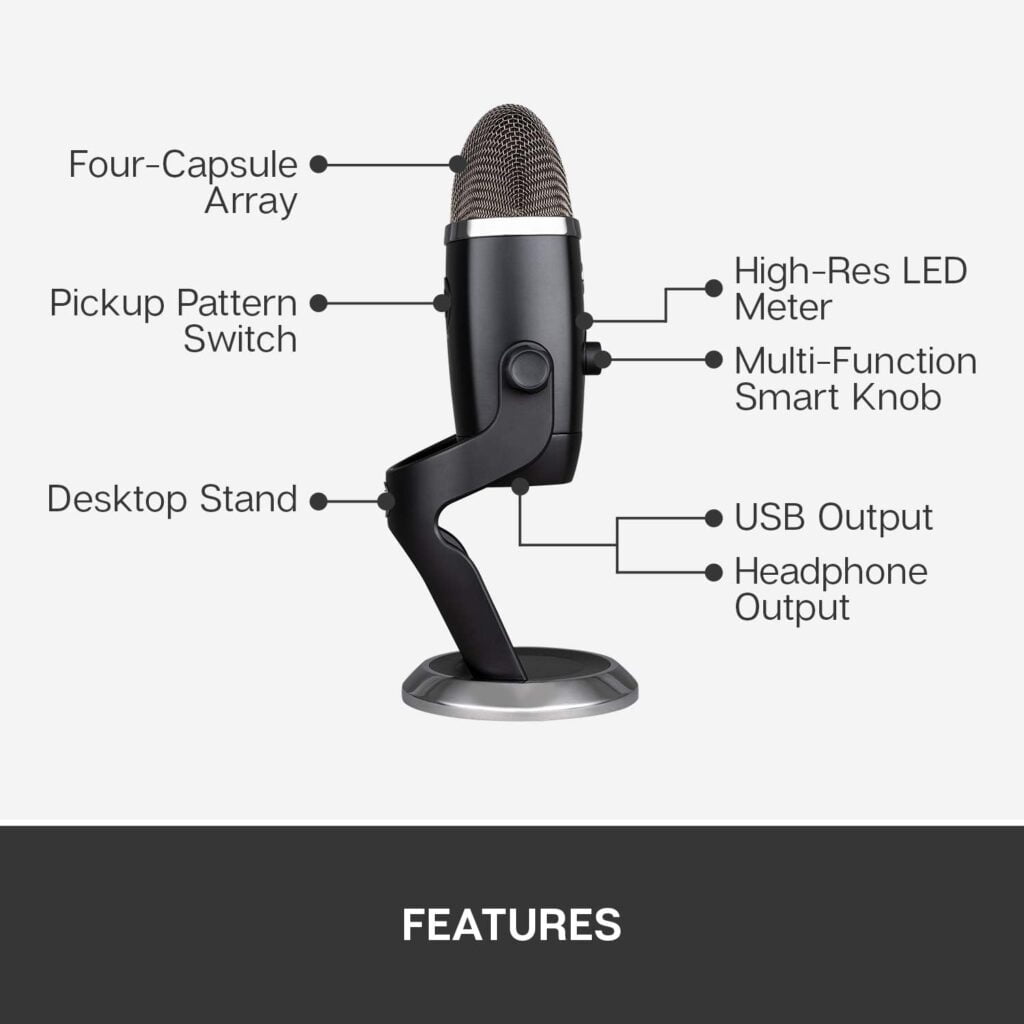
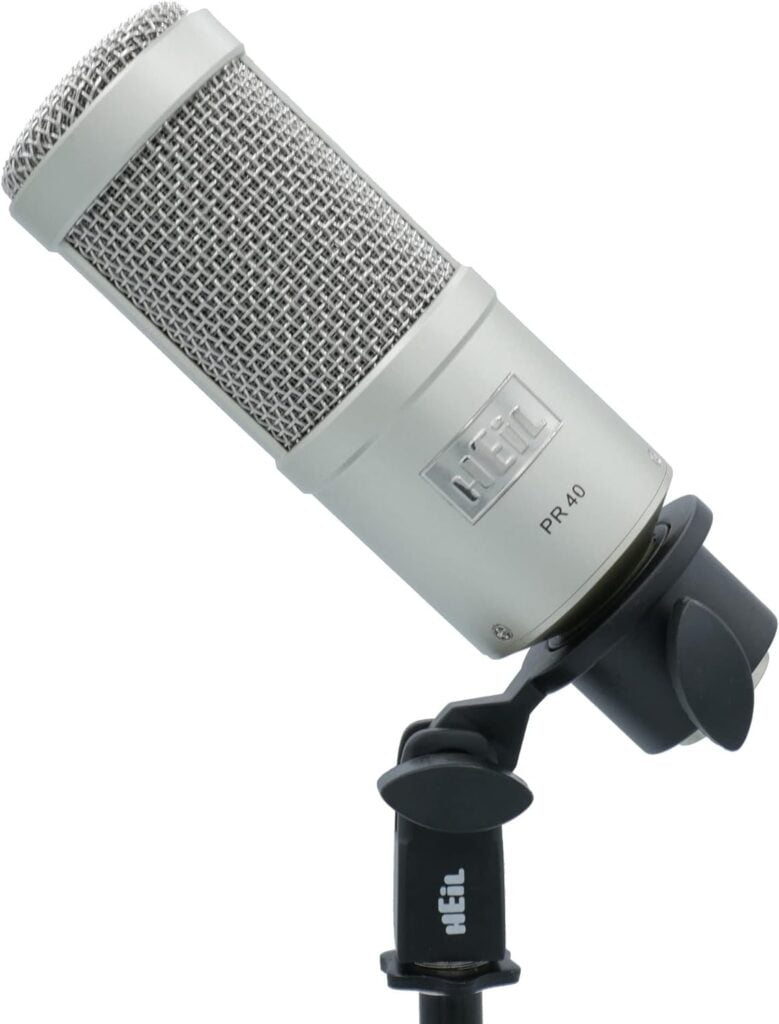
1 Trackback / Pingback
Comments are closed.